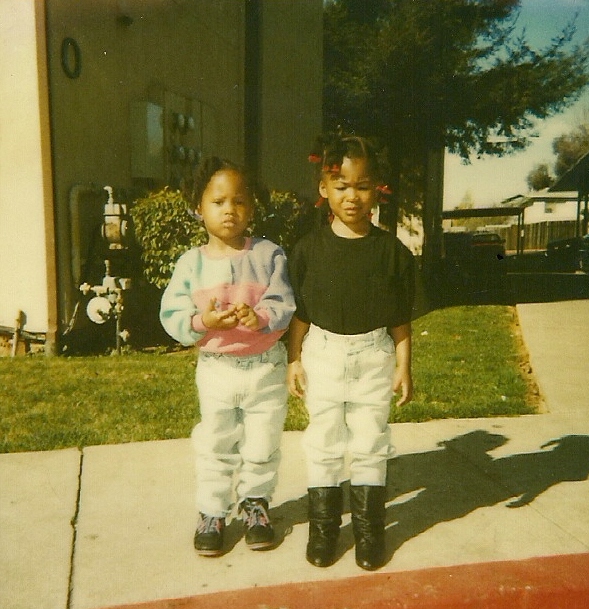Breaking Free from the Funk: How Behavioral Activation Can Help Depression
Depression is a sneaky little gremlin, isn’t it? One minute you’re holding it together, and the next, someone casually asks, “How are you doing?” and BOOM—waterworks. (I’ve been there, snot and all.)
Depression isn’t just feeling sad; it’s like your energy, motivation, and ability to function all decided to take an extended vacation without your permission. Even the simplest tasks—showering, eating, texting back—feel like climbing Mount Everest in flip-flops. And when it gets really bad, those dark thoughts creep in, making everything feel even heavier.
This is tough, no doubt. But I have an idea that might help. Enter: Behavioral Activation (BA)—the not-so-secret sauce of cognitive-behavioral therapy (CBT) that helps combat depression by getting you back into life, one small step at a time.
How Behavioral Activation Works
1. Spot Those Avoidance Patterns
Depression loves isolation. It convinces you to ghost your friends, ignore texts, and become one with your couch. The first step in BA? Identifying how avoidance is making things worse. Ask yourself:
Did I shower today?
Have I eaten anything besides stale cereal?
When’s the last time I left the house?
These might seem like small things, but when depression tightens its grip, even basic self-care gets hard. Recognizing this is the first step toward breaking the cycle.
2. Schedule Activities (Even If You Don’t Wanna)
Here’s the thing—waiting until you “feel like it” doesn’t work. Depression doesn’t play fair like that. So instead, BA says: schedule enjoyable or meaningful activities and do them, motivation or not.
Now, let’s be realistic. If you haven’t left your bed in three days, don’t start with a 5 a.m. boot camp. Meet yourself where you are. My therapist once told me, “Nia, just start by changing your sheets.” My response? “What’s that gonna do?” But whalah—it actually helped. It created movement, a small shift, and that was enough to start breaking the cycle.
Too exhausted for a shower? Grab a washcloth and hit those hot zones (you know the ones). Small steps count.
3. Track Your Progress
Ever feel like nothing’s changing? That’s where tracking comes in. Check in with yourself:
Rate your mood before and after an activity (on a scale from 1-10).
Notice patterns—do certain activities lift your mood more than others?
We talked about emotional scaling in a previous post, but as a refresher: if you’re creeping past a level 5 on the “blah” scale, that’s your cue to take action before things spiral.
4. Identify Your Values
Ask yourself: What actually matters to me? Your values are your “why,” and reconnecting with them gives you motivation to move forward. Maybe it’s:
Taking care of your health
Strengthening relationships
Making sure your child (or pet) is fed
Simply making it to work in one piece
For me, ignoring those big, pleading puppy-dog eyes staring back at me just isn’t an option. So, even on my worst days, I get up because they need me. Find what keeps you anchored.
5. Celebrate the Wins (No Matter How Small)
Depression tells you nothing is good enough, but BA says otherwise. Each step you take deserves recognition. Took a shower? Win. Made it to a friend’s house? Double win. Reward yourself—it’s part of reinforcing the habit.
Why Behavioral Activation Works
It helps reduce depressive symptoms (science says so).
It increases motivation (even when you think it won’t).
It improves social engagement (no more isolation cave).
It plays well with other therapies or medications (teamwork makes the dream work).
Need Some Support?
Behavioral Activation can be a game-changer, but let’s be real—it’s easier said than done. Sometimes, you need a little push from a therapist or a solid support system. If you’re struggling to start or need help creating a plan, I’m here. Let’s chat. Your future self will thank you.
Contact me for a free consultation and let’s create a life worth living.






Comments
Post a Comment